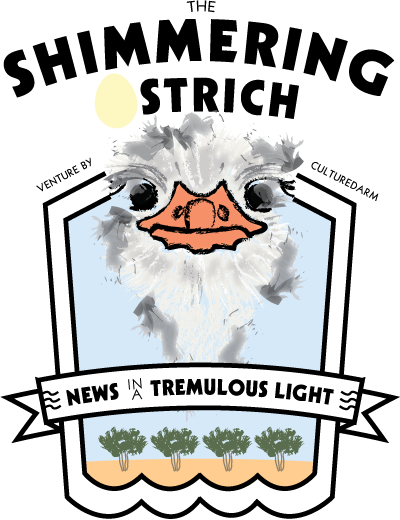
Viewing the late 1920s in retrospect, it seems like Louise Brooks had Hollywood at her feet. In 1925 a featured role in the Ziegfeld Follies brought her to the attention of Paramount, and she signed a five-year contract with the studio, quickly winning recognition for her vibrant performances and distinctive look.
In 1926 she had a small but memorable role in The American Venus, and was recast as the lead alongside Adolphe Menjou in A Social Celebrity. She subsequently starred with the likes of W. C. Fields and Wallace Beery, and in films directed by Richard Rosson and Howard Hawks. And in 1928 she played a girl on the run – disguised as a young boy after she kills her cruel foster father – in Beggars of Life, Paramount’s first ever talkie.
But the following year she ran into bother with The Canary Murder Case. The picture marked the end of her option with Paramount, and when the studio denied her the raise she felt she had been promised, she embarked for Europe. Meanwhile The Canary Murder Case began to be reworked as a sound film, and Paramount cabled Brooks in Berlin requesting she return to Hollywood to record her lines. She flatly refused, and when the studio threatened to effectively blacklist her from the industry, Brooks reportedly replied ‘Who wants to work in Hollywood?’.
Margaret Livingston was hired to dub the part, as Paramount began to put it about that Brooks’ voice was unsuitable for sound pictures. But her time in Europe brought success, as she starred in three films which continue to define her reputation: Pandora’s Box and Diary of a Lost Girl, German melodramas by the Austrian director G. W. Pabst, and Miss Europe, a French talkie with a shocking ending by the Italian Augusto Genina.
When she returned to Hollywood in 1931, she turned down the female lead in The Public Enemy. Jean Harlow eventually lined up alongside James Cagney, boosting the career of the ‘Blonde Bombshell’ whose platinum locks would soon be inspiring another wave of female fashion. Brooks’ spell in the limelight was done, but she had already animated a generation, the quintessential flapper alongside Colleen Moore and Clara Bow.
Flappers were young women who in the Roaring Twenties eschewed social mores around gender and sex. They smoked and drove automobiles, engaged in casual relationships, and stood out for their made-up looks replete with short skirts and bobbed hair. Following French fashion, particularly the uncorseted silhouette established by Coco Chanel, they wore straight and loose-fitting dresses, often with bare arms and flattened breasts. Bee-stung lips and emphatic eyeliner became popular, as did high heeled shoes and the cloche hat. After the comedian Harold Lloyd, some flappers even wore horn-rimmed glasses.
The term had first been used in the early 1900s for teenage girls, and gained a connotation of waifish boyishness. In America it was encouraged in 1920 by the Frances Marion film The Flapper, starring Olive Thomas, and by F. Scott Fitzgerald’s first short story collection, Flappers and Philosophers, featuring ‘Bernice Bobs Her Hair’. But it flourished in the middle of the 1920s, at the peak of the prosperous post-war years, a time of prohibition and the speakeasy, and as the Jazz Age spread from the United States to Germany, Belgium, and the Netherlands, then on to Sweden, Denmark, and France.
The flapper lifestyle evaporated – along with any semblance of a carefree mood – with the Wall Street Crash and the Great Depression. But today feel more than free to revive the look. Let Louise Brooks provide the inspiration, but don’t take too many liberties if you want to truly stand out. For period authenticity keep to straight dresses, big eyes, the cloche hat in hot or inclement weather, and otherwise a well-kempt bob.
https://www.youtube.com/watch?v=l9AsN_jAxaE





